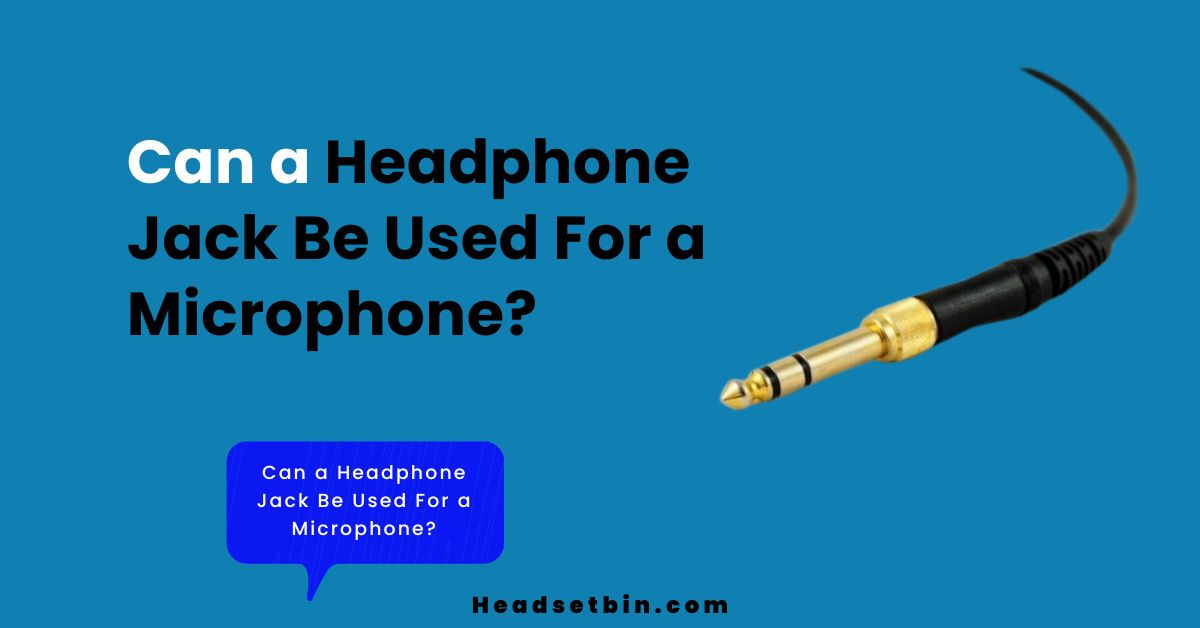Headphone jacks are designed to convert electrical signals into audible sounds and send them to headphones earmuffs. While microphone jacks are designed to receive audio signals through a mic plug.
Now, the question arises here can we use the headphone jacks for a microphone? The answer is Yes. If you have a 3.5 mm headphone jack then you can connect your 3.5 mm microphone jack to it easily just like in headsets. But if the jack type is not the same then you should go for further alternatives.
THE OVERVIEW OF HEADPHONE JACK:
Types of Headphone Jacks:
TS jack:
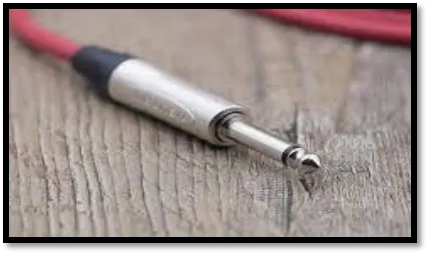
TS jack consists of a tip and a sleeve. It provides unbalanced mono-sound connectivity. These microphone jacks are mostly used for instruments like guitars.
TRS jack:

TRS jack consists of a tip, ring, and sleeve. It has a balanced cable but the inputs and outputs might be unbalanced. It is most preferable in headphones, and speakers but is also used for microphones.
TRRS jack:
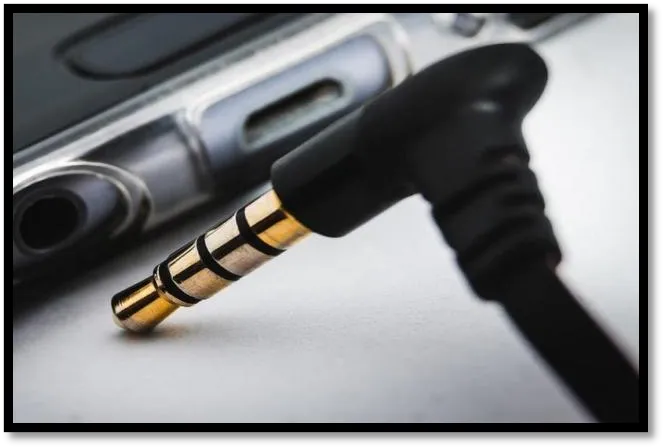
TRRS jacks consist of a tip, two rings, and a sleeve. Modern headphones use this plug as it provides an additional connection for the microphone. The sound quality of TRRS jacks is the same as the sound quality of TRS jacks.
How Does Headphone Jack Work:
- The headphone jack must be properly aligned in the correct format to the headphone plug to transfer audio signals properly. The jack of the audio source consists of conductors that are wired to carry electrical signals to the desired destination.
- Select audio output in the audio interference settings of your device.
- Adjust the headphone preamp on the interface to the suitable levels.
- The proper contact between the headphone jack and plug enables the analog audio signals to flow from the source jack to the destined headphone earmuffs according to the correct wiring scheme of drivers.
What are the Limitations of Headphone Jacks:
Below are some of the limitations of the headphone jack.
- Audible clicks and pops because of the loose connection of your headphone jack. Sometimes, dust and debris also cause popping noise and prevent headphones from clicking. You can solve it by cleaning and fixing your hardware or software might be helpful for you.
- Suddenly tripping on a cable may damage your headphone jack easily.
- Because of its cable and jack design not suitable for high-frequency electronics such as FM radio.
THE OVERVIEW OF MICROPHONE JACKS:
Types of Microphone Jacks:
XLR jack:
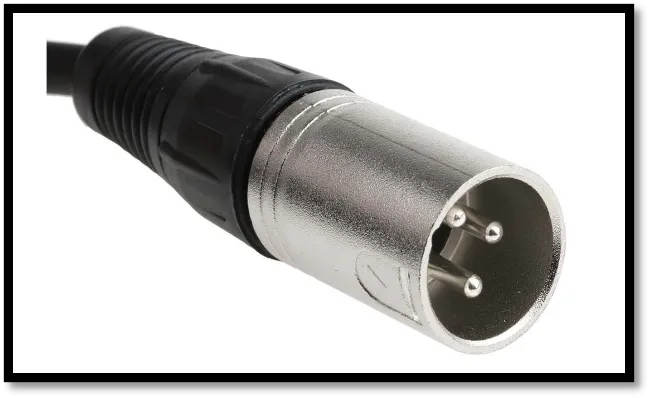
XLR connectors came in a variety of pins such as 3-pin, 4-pin, or 5-pin. The XLR jack has pins instead of tips, rings, and sleeves and allows you to transmit sound signals more clearly when you talk about balanced sound transmission.
TRS jack:
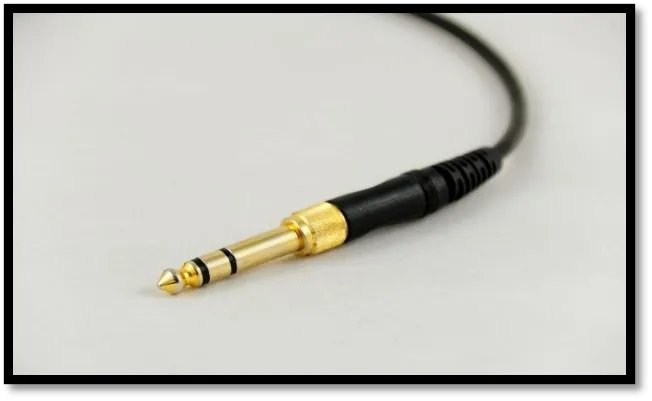
TRS jack consists of a tip, ring, and sleeve. It provides as well as receives balanced mono, unbalanced stereo, and unbalanced mono sounds. Therefore, you can connect the TRS jack to both input and output.
How the microphone jack works:
Below are some of the steps according to which the microphone jack works.
- The microphone jack tells us how we have to connect our microphone’s cable or cord to the device. When you plugged in a compatible jack such as XLR to your computer or other technologies properly, the mic is capable to receive and translate the audio signals and convert them into editable recordings.
- If the microphone is active and has an XLR jack, use phantom power.
- Select input audio in the audio interference settings of your device.
- Adjust the microphone preamp on the interface to the suitable levels.
That’s how the microphone jack works. If you are using wired headphones and your headphone jack is stuck in the laptop. So we also have the guide on how to get a broken headphone jack out of a laptop.
What are the Limitations of microphone jacks:
Following are some of the limitations of the microphone jack.
- XLR jacks are better than other microphone jacks. However, they are quite expensive.
- The jacks of microphones are quite fragile and can damage easily.
- The improper connections of the microphone jack to your device results in distorted sound production.
- The microphone jacks are designed in such a way that they offer a delay between the time the input sound enters the microphone and exits in the desired device.
Can a Headphone Jack Be Used For a Microphone:
This is one of the most common questions as modern computers and laptops are launched with only one jack for both microphones and headphones which is usually a 3.5mm TRRS or TRS plug. As TRRS or TRS plug is compatible with both headphones and a microphone. However, if the jack of your device has a different size then you need a jack adapter to use it for both headphones and a microphone.
As we know wired headphones offer best audio quality than wireless and one of the reasons for this fact is the jack of your headphone. The number of black bands on your headphone jack represents the number of conductors, which indirectly affects the audio as the jack is responsible for transmitting audio signals. Using a malfunctioning and incompatible jack to your device, results in muted or distorted sound.
Headsets with microphones, two-way radios, TTY devices, and landline phones are the most common devices that come with compatible headphones and microphone jack.
Alternatives To Using a Headphone Jack For a Microphone:
When it comes to recording audio, using a headphone jack for a microphone is not always the most convenient option. Luckily, there are many alternatives available. Some alternatives of can headphones be used for a microphone are the following.
1. USB Microphones:
The easiest and best alternative is to use a USB microphone. As there is a variety of USB sound cards that have multiple line-in (microphone) and line-out (headphone) audio jacks.
They are quite inexpensive and do not require additional drivers. You can use them by using a simple method that is just plugged in and played. It possesses mute buttons for both the mic and headphones and also a volume dial and works on all major operating systems like Windows, Mac OS, and Linux.
The sound quality of USB connectors is clear and more powerful than conventional headphones jack due to the built-in amplifier. However, these USB microphones are power-hungry.
2. Bluetooth Microphone:
The simplest solution to the problems of jacks and their sizes, that save your life is to use a Bluetooth microphone. It only relies on Bluetooth technology, you do not need to care about jack size, shape, and type.
Bluetooth microphones gain popularity in a short period and overcome USB microphones because of their wireless connectivity, affordable prices, and long-range recording, which make them portable and suitable for recording.
However, you should consider that the frequency range is wide, the battery timing is compatible enough and the polar pattern is either omnidirectional or unidirectional while purchasing a Bluetooth microphone.
3. Lightning Port Microphone:
What if you are using iPhone or any other device that doesn’t have the same jack as your microphone? No need to worry as in that case, all you need is an adapter. You just have to connect your microphone to the adapter and then connect the adapter to your device.
Now, your microphone that has a different jack type is connected to your device. However, you should take care that you purchase the adapter according to your required jack type. These adapters are quite inexpensive. You can easily buy one on amazon for you.
Conclusion:
Headphone jacks and microphone jacks are different from each other as they are designed for different purposes. However, if your microphone and headphone have the same jack type such as TRS or TRRS then you can easily connect them to each other’s port.
But if it isn’t the case then you should find an alternative method to connect your microphone to a headphone jack such as using an adapter or use a USB- microphone. But the most preferable option is a Bluetooth microphone as they resolve your problem from its roots by using Bluetooth connectivity rather than using physical wiring connections.
FAQs:
Is a headphone jack and microphone jack the same?
The microphone jack is designed to receive audio signals from a mic plug and the headphone jack is designed to send audio signals to the headphone plug.
What type of jack does a microphone use?
The most commonly used microphone jack is 3 pin XLR connector. However, some microphones also use TRS or TRRS jacks.
Will a microphone work in an aux jack?
Yes, but you should use your microphone with a preamplifier before transmitting your signal to the aux jack.
How do I use my headphones as a mic?
If you want to use your headphone as a mic, just plug your headphone jack into the input (microphone) jack. Turn off all the mic levels and the ear muffs of your headphone act as a mic.
Can the headphone jack be used as audio out?
Yes, but the signals coming out of the headphones jack are quite weak and unable to power any speaker. You need to amplify your signal with any kind of stereo amplifier then you can power a set of speakers.
How to use a 3.5mm mic on pc?
Make sure directly plug your 3.5 mm TRRS connector microphone into the input audio socket of your pc as most pc comes with a 3.5mm jack.

